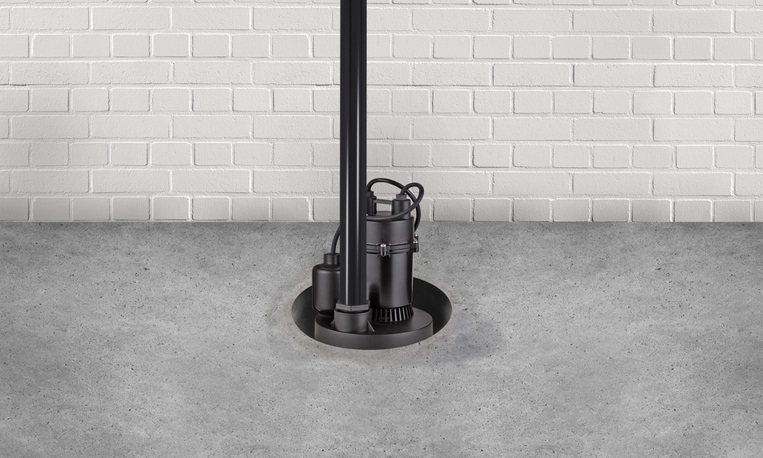Do I Need to Replace My Sump Pump?
Wednesday, March 27th, 2024
A sump pump refers to a device that many buildings, especially those with basements that could be prone to flooding, have installed. It features a pit or tank in the ground that can collect water that might otherwise accumulate indoors and then pump it through a pipe to drain outside.
The sump pump can protect your building and stored items from serious water damage from flooding. This can prove especially useful with rainy spring weather on the horizon. But if a sump pump fails, then your home and belongings could be in danger.
You might see certain indicators of a malfunctioning sump pump that requires replacement prior to its failure. A plumber can inspect your sump pump to ensure it works properly. But you can also read on to learn five signs that can mean it is time to replace your sump pump.

More Than a Decade Old
The average sump pump will last for about ten years before requiring replacement. Sometimes it can last for fifteen years or longer. Other times you will need a new sump pump after seven years.
Routine evaluation from a plumber can give you a more solid idea of the state of your sump pump. It may be a good idea to replace your sump pump prior to its deterioration to ensure maximum protection for your property.
Makes Strange Noises
When a sump pump is in action, you might notice a quiet, low hum as the machine pushes water from the basin out of the attached drain. If the sump pump makes a significant amount of noise, such as rattling or grinding, then the motor might be broken.
A loud or strange sound could also point to a clog somewhere in the system. This may require a plumbing professional to eliminate.
Runs Nonstop
The sump pump only takes about a minute to drain water from its basin. So if you can hear the pump working for several minutes at a time, you might have a problem with the device.
The machine might not have enough power to get rid of the excess water it needs to. As a result, you could face a higher utility bill as well as a risk of flooding. So do not ignore this issue.
Not Working at All
You can anticipate your sump pump kicking into gear during a rainstorm or if outside snow begins melting. Pooling water outside can be an indicator that this water will try to enter your building too.
The sump pump should get rid of this water. But if you do not notice it turning on when it should, something is likely wrong with the machine. Give your plumber a call to identify and fix the problem.
Visible Water Damage
If you see slight damp patches or water stains near your sump pump, then water is not leaving your building in the way that it should. Moisture damage can lead to severe structural issues, mold, and rot within your property. So do not dismiss these signs of existing water damage because they could get worse.






